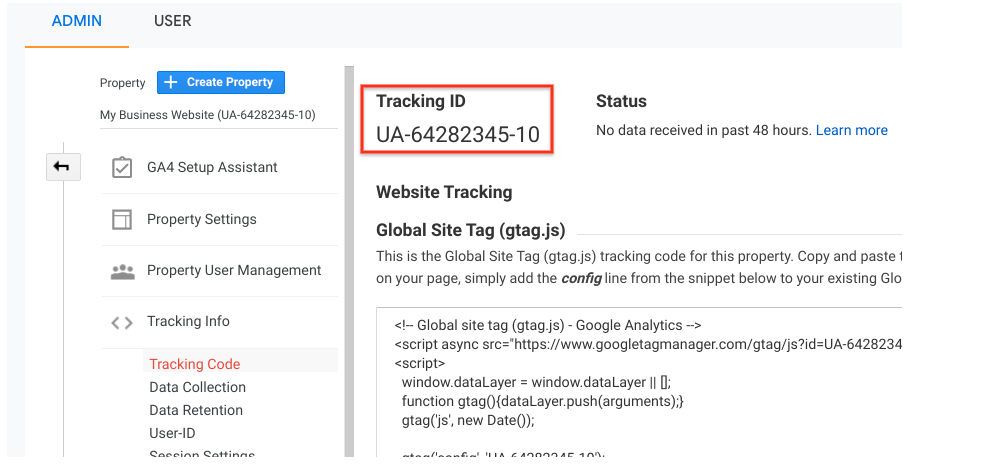Unlocking Insights: Comprehending What Data Does Google Analytics Prohibit Collecting
Unlocking Insights: Comprehending What Data Does Google Analytics Prohibit Collecting
Blog Article
Grasping the Art of Conquering Data Collection Limitations in Google Analytics for Better Decision-Making
In the world of digital analytics, the capacity to essence purposeful insights from data is paramount for educated decision-making. Google Analytics stands as a powerful device for businesses looking for to recognize customer habits, track conversions, and optimize their on the internet visibility. Nonetheless, data collection limitations within this system can hinder the precision and deepness of the information collected. To really harness the possibility of Google Analytics for tactical decision-making, understanding the art of conquering these restraints is important. By utilizing innovative strategies and calculated methods, organizations can boost their information top quality, unlock hidden insights, and pave the way for more efficient and enlightened choices.
Data Quality Assessment
Data high quality analysis entails reviewing different aspects such as precision, efficiency, consistency, and timeliness of the data. One essential aspect to take into consideration is information accuracy, which refers to just how well the information reflects the real values of the metrics being measured.
Completeness of data is another critical element in assessing data high quality. Uniformity checks are also crucial in information quality evaluation to identify any type of discrepancies or anomalies within the information collection. By focusing on data high quality assessment in Google Analytics, companies can improve the integrity of their analytics reports and make more informed decisions based on precise understandings.
Advanced Monitoring Techniques
Utilizing sophisticated monitoring strategies in Google Analytics can considerably boost the deepness and granularity of information collected for more comprehensive analysis and understandings. One such technique is event tracking, which enables the tracking of certain communications on a web site, like click switches, downloads of documents, or video clip sights. By carrying out occasion monitoring, businesses can gain a deeper understanding of customer behavior and engagement with their online content.
Additionally, custom dimensions and metrics provide a way to tailor Google Analytics to certain service requirements. Custom-made measurements enable the creation of new information factors, such as individual functions or client sections, while custom-made metrics allow the tracking of one-of-a-kind efficiency signs, like income per individual or typical order value.
Additionally, the usage of Google Tag Manager can improve the implementation of tracking codes and tags throughout a website, making it easier to manage and release advanced monitoring configurations. By using these innovative tracking strategies, organizations can unlock important understandings and optimize their online methods for far better decision-making.
Custom-made Dimension Implementation
To improve the deepness of data accumulated in Google Analytics beyond innovative monitoring methods like event tracking, organizations can execute custom measurements for more customized insights. Personalized measurements permit businesses to specify and accumulate specific data points that pertain to their special goals and goals (What Data Does Google Analytics Prohibit Collecting?). By designating custom-made measurements to various components on a site, such as individual communications, demographics, or session details, services can get a more granular understanding of exactly how individuals involve with their online homes

Acknowledgment Modeling Methods
Reliable acknowledgment modeling is vital for comprehending the effect of numerous advertising networks on conversion paths. By using the right attribution model, companies can accurately attribute conversions to the ideal touchpoints along the customer trip. One typical attribution design is the Last Interaction design, which offers credit scores for a conversion to the last touchpoint an individual engaged with prior to converting. While this model is simple and easy to execute, it usually oversimplifies the consumer journey, overlooking the influence of other touchpoints that added to the conversion.

Data Sampling Evasion
When dealing with huge quantities of data in Google Analytics, getting rid of information tasting is important to make certain precise understandings are derived for notified decision-making. find out this here Information sampling happens when Google Analytics estimates patterns in information instead than assessing the full dataset, possibly leading to manipulated results. By taking these proactive actions to decrease data tasting, businesses can draw out a lot more accurate understandings from Google Analytics, leading to far better decision-making and improved total performance.
Conclusion
Finally, understanding the art of conquering data collection limitations in Google Analytics is vital for making educated decisions. By carrying out a thorough data high quality evaluation, applying sophisticated monitoring methods, utilizing customized dimensions, utilizing acknowledgment modeling methods, and preventing information tasting, companies can ensure that they have trusted and exact information to base their choices on. This will eventually result in a lot more effective methods and much better results for the company.

Report this page